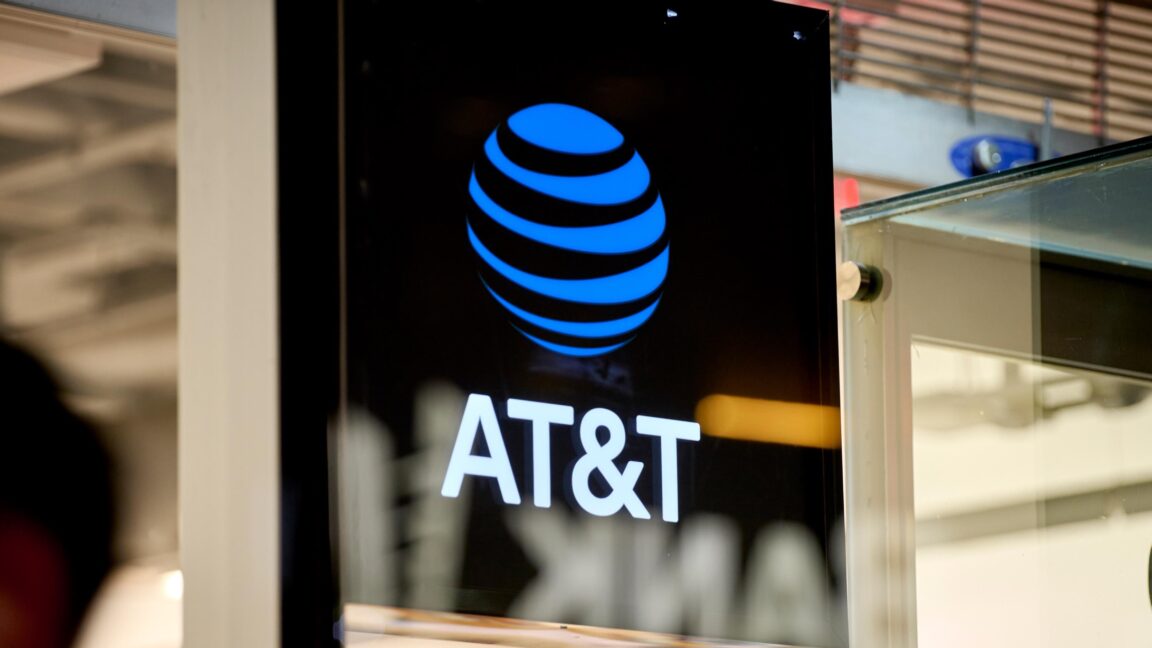AT&T kills home Internet service in NY over law requiring $15 or $20 plans
Leaving New York AT&T kills home Internet service in NY over law requiring $15 or $20 plans AT&T pulls 5G home Internet from New York to protest state affordability law. Jon Brodkin Jan 16, 2025 12:34 pm | 50 AT&T store in New York on Monday, October 21, 2024. Credit: Getty Images | Bloomberg AT&T store in New York on Monday, October 21, 2024. Credit: Getty Images | Bloomberg Story textSizeSmallStandardLargeWidth *StandardWideLinksStandardOrange* Subscribers only Learn moreAT&T has stopped offering its 5G home Internet service in New York instead of complying with a new state law that requires ISPs to offer $15 or $20 plans to people with low incomes.The decision was reported yesterday by CNET and confirmed by AT&T in a statement provided to Ars today. "While we are committed to providing reliable and affordable Internet service to customers across the country, New York's broadband law imposes harmful rate regulations that make it uneconomical for AT&T to invest in and expand our broadband infrastructure in the state," AT&T said. "As a result, effective January 15, 2025, we will no longer be able to offer AT&T Internet Air, our fixed-wireless Internet service, to New York customers."New York started enforcing its Affordable Broadband Act yesterday after a legal battle of nearly four years. Broadband lobby groups convinced a federal judge to block the law in 2021, but a US appeals court reversed the ruling in April 2024, and the Supreme Court decided not to hear the case last month.The law requires ISPs with over 20,000 customers in New York to offer $15 broadband plans with download speeds of at least 25Mbps, or $20-per-month service with 200Mbps speeds. The plans only have to be offered to households that meet income eligibility requirements, such as qualifying for the National School Lunch Program, Supplemental Nutrition Assistance Program, or Medicaid.AT&T's Internet Air was launched in some areas in 2023 and is now available in nearly every US state. The standard price for Internet Air is $60 a month plus taxes and fees, or $47 when bundled with an eligible mobile service. Nationwide, AT&T said it added 135,000 Internet Air customers in the most recent quarter.AT&T has pitched Internet Air as a long-term replacement for DSL Internet in areas where it doesn't plan to build fiber. AT&T has said it won't build fiber home Internet in over half of its wireline footprintand will focus its fiber builds on more densely populated areas.NY is outside AT&Ts wireline territoryEnding home Internet service in New York is relatively simple for AT&T because it is outside the 21-state wireline territory in which the telco offers fiber and DSL home Internet service."AT&T Internet Air is currently available only in select areas and where AT&T Fiber is not available. New York is outside of our wireline service footprint, so we do not have other home Internet options available in the state," the company said.AT&T will continue offering its 4G and 5G mobile service in New York, as the state law only affects home Internet service. People with smartphones or other mobile devices connected to the AT&T wireless network should thus see no change.Existing New York-based users of AT&T Internet Air can only keep it for 45 days and won't be charged during that time, AT&T said. "During this transition, customers will be able to keep their existing AT&T Internet Air service for up to 45 days, at no charge, as they find other options for broadband. We will work closely with our customers throughout this transition," AT&T said.Residential users will be sent "a recovery kit with instructions on how to return their AIA equipment, while business customers can keep any device they purchased at no charge," AT&T said.Jon BrodkinSenior IT ReporterJon BrodkinSenior IT Reporter Jon is a Senior IT Reporter for Ars Technica. He covers the telecom industry, Federal Communications Commission rulemakings, broadband consumer affairs, court cases, and government regulation of the tech industry. 50 Comments


